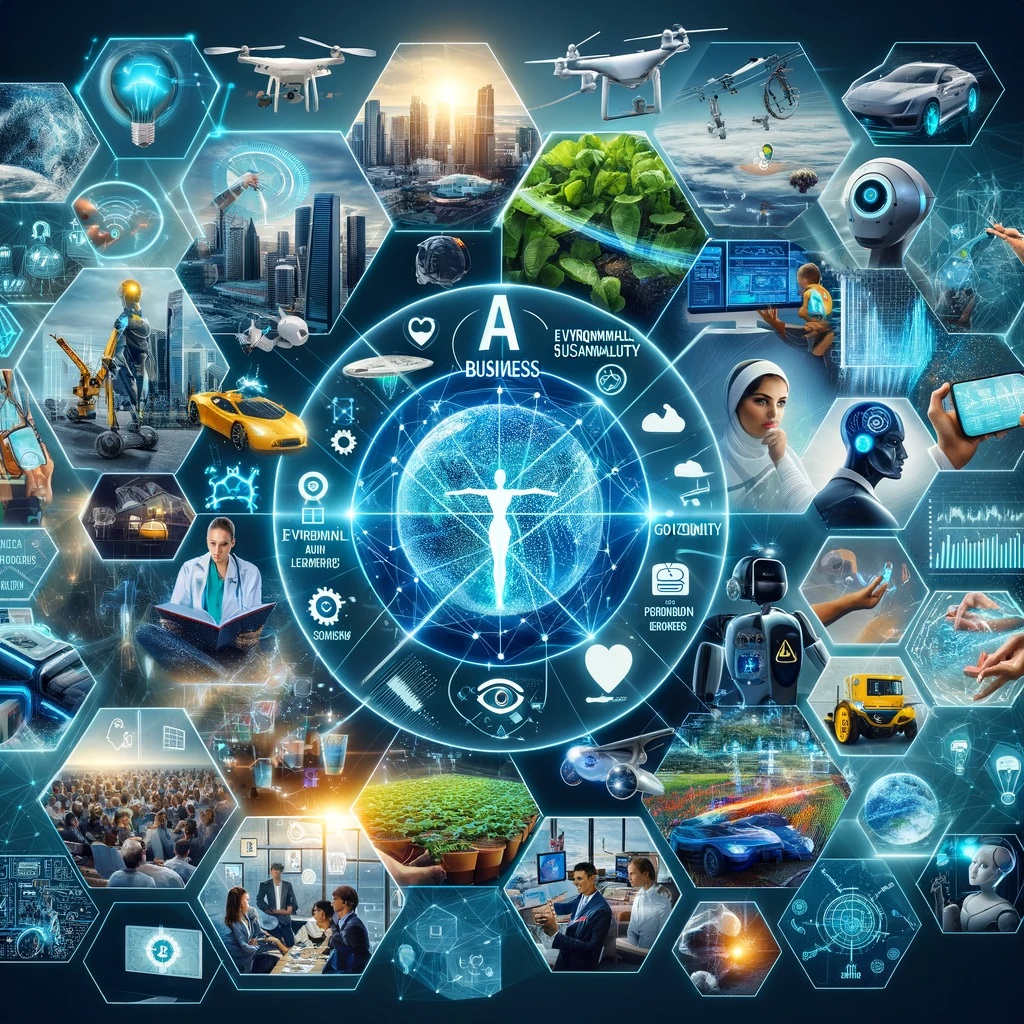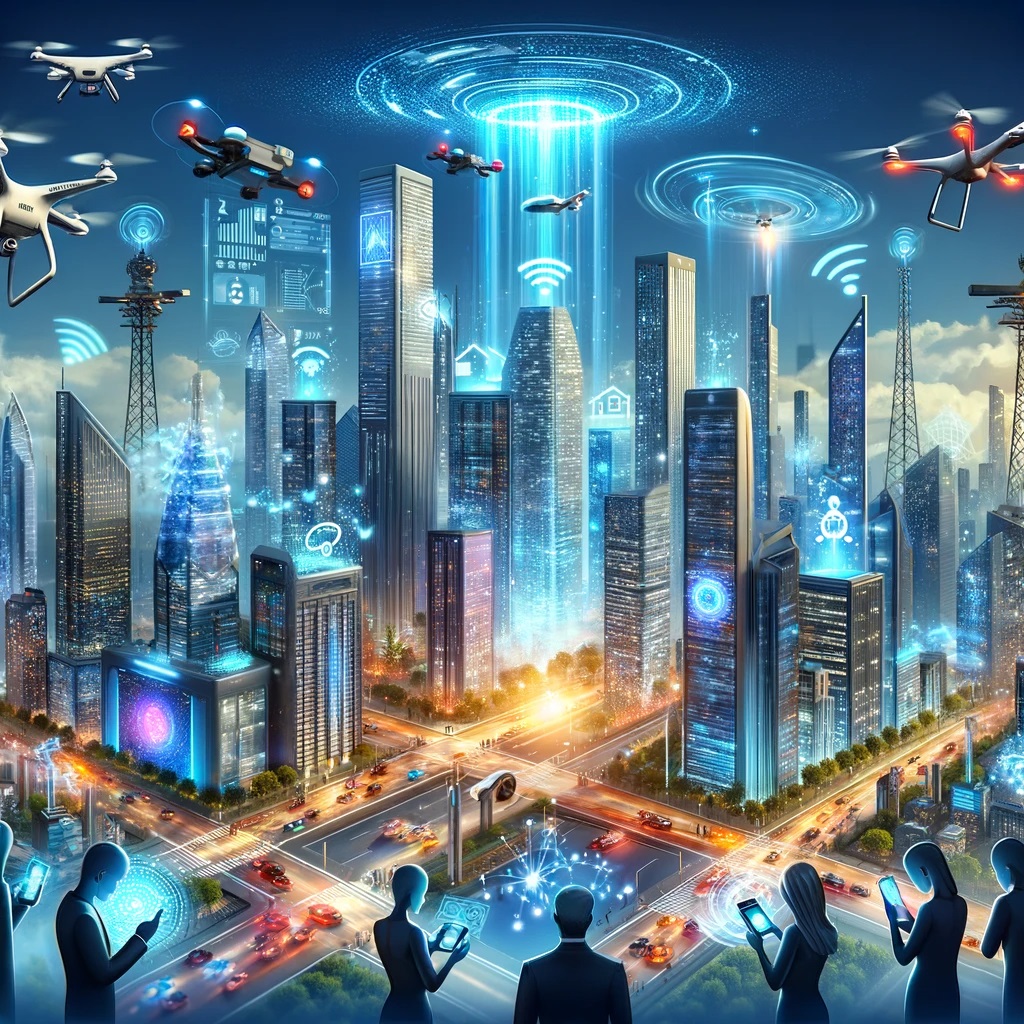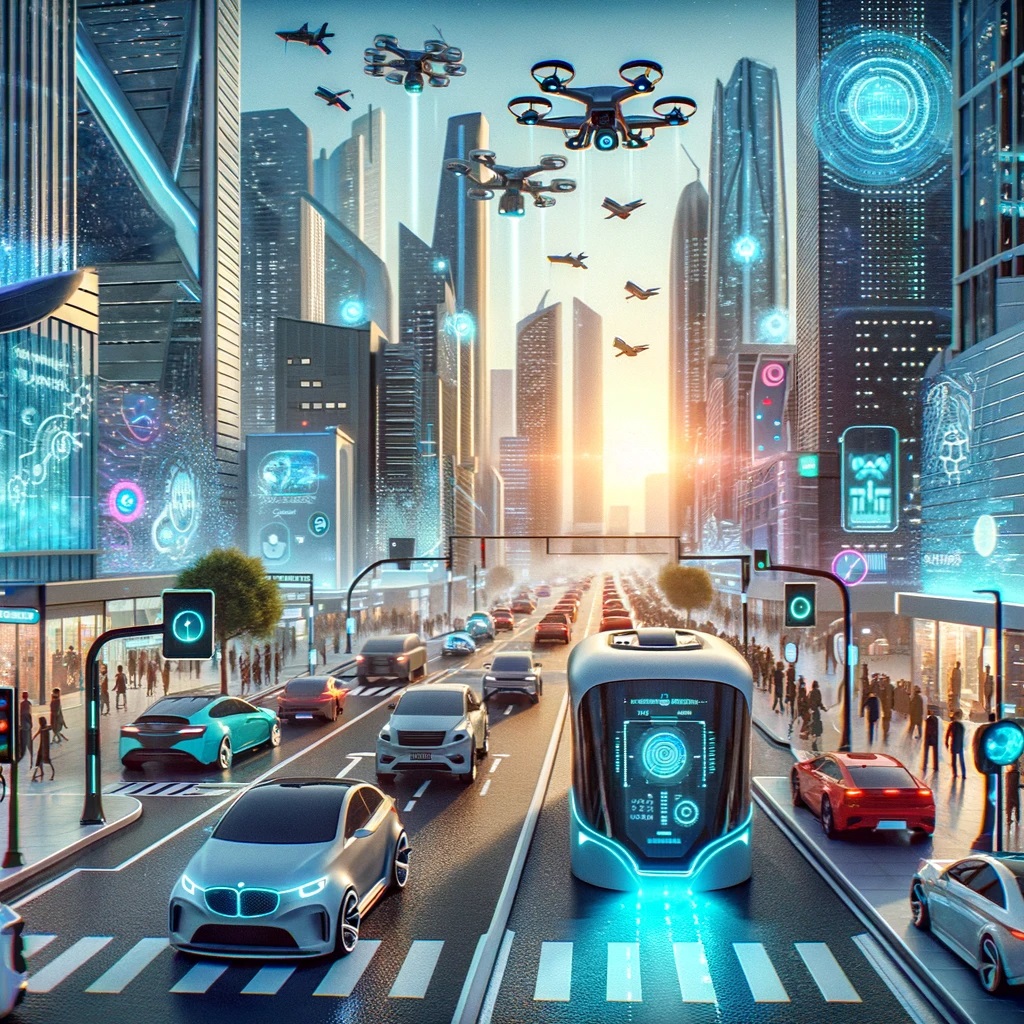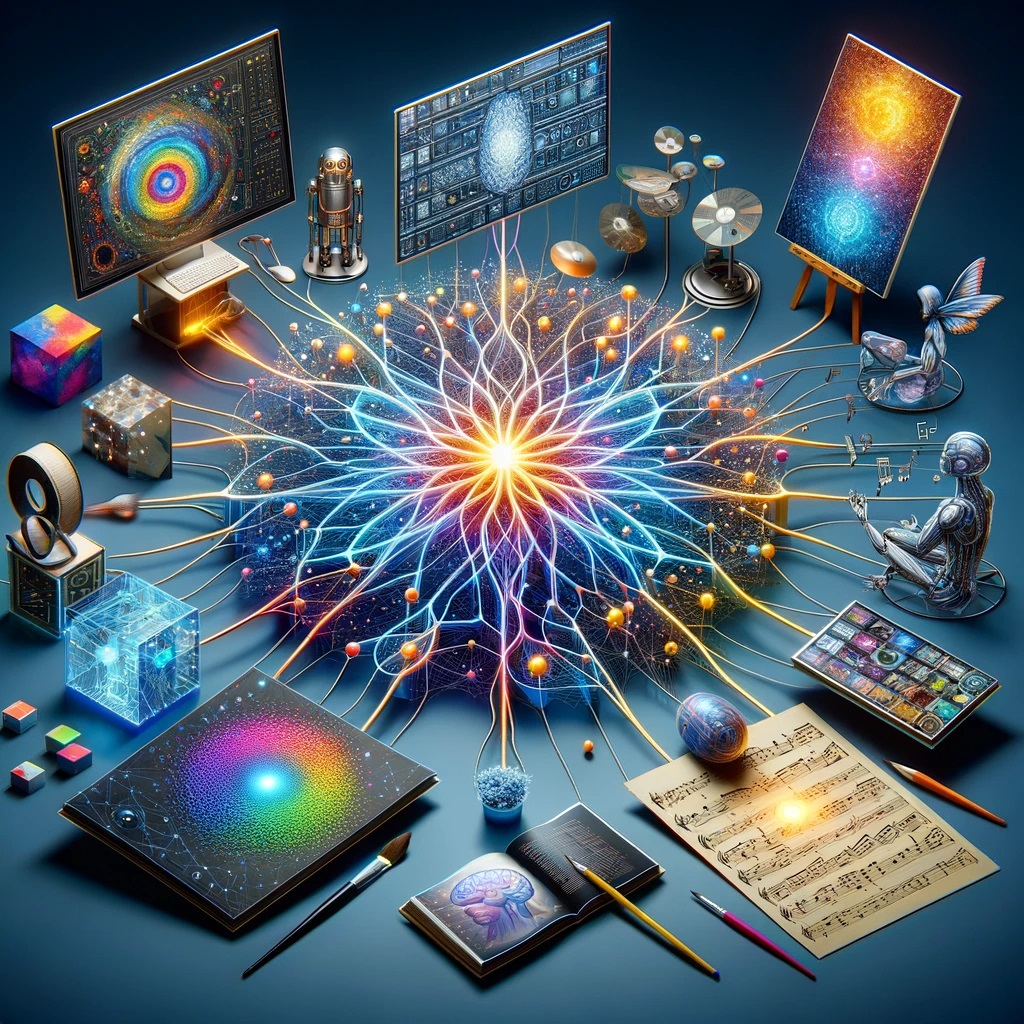This article traces the inception and evolution of AI, beginning with its early conceptualization in the 20th century, influenced by science fiction and the pioneering work of Alan Turing. We explore the technological hurdles of the early years, the groundbreaking advancements in the mid-20th century, and the resurgence and transformation of AI from the 1980s onwards. As we navigate through the modern era of big data and advanced computing, we also ponder the future trajectory of AI, examining its potential impacts and ethical considerations.
The Early Concepts of AI (How Did It Begin?)
In the early 20th century, the concept of AI was largely a work of fiction, with characters like the ‘heartless’ Tin Man in “The Wizard of Oz” and the humanoid robot in “Metropolis”. It wasn’t until the 1950s that this fiction began to take a turn towards reality. Influential figures like Alan Turing, a British polymath, started exploring AI’s mathematical possibility. Turing’s 1950 paper laid the groundwork for building intelligent machines, proposing that if humans use information and reasoning to solve problems, machines could be designed to do the same.
What Slowed Early AI Development?
Early AI development was hindered by significant technological limitations. Before 1949, computers were unable to store commands; they could execute them but not remember past actions. Additionally, computing costs were exorbitant. In the early 1950s, leasing a computer could cost up to $200,000 a month, making AI research a luxury only a few prestigious universities and large tech companies could afford. These factors delayed the practical exploration of AI, requiring a significant paradigm shift in computing to enable further progress.
The Groundbreaking 1956 Conference
The 1956 Dartmouth Conference is often considered the birthplace of AI as a field. Here, John McCarthy, Marvin Minsky, and other top researchers gathered to discuss AI at length. The conference, despite its shortcomings in achieving consensus or continuous collaboration, was pivotal. It marked the introduction of the term ‘Artificial Intelligence’ by McCarthy and set the stage for two decades of AI research. The attendees’ collective optimism and initiatives during this period significantly shaped the trajectory of AI development.
What Were the Key Achievements Between 1957-1974?
From 1957 to 1974, AI saw a period of flourishing growth. The increase in computer storage capacity, speed, and affordability, alongside improvements in machine learning algorithms, catalyzed significant advancements. Notable developments included Newell and Simon’s General Problem Solver and Joseph Weizenbaum’s ELIZA, showcasing the potential in problem-solving and language interpretation. This era was also marked by increased government funding, notably from DARPA, which further propelled AI research, fueling optimism about AI’s potential.
Facing the Hurdles (What Challenges Did AI Encounter?)
Despite early successes, AI research hit a major roadblock due to computational limitations. Computers of the time couldn’t store or process information efficiently enough for advanced AI functions like natural language processing or abstract thinking. This bottleneck, highlighted by Hans Moravec’s statement about computers being “millions of times too weak to exhibit intelligence”, led to reduced funding and a slowdown in AI research for about a decade, underscoring the crucial dependency of AI advancements on computational power.
The Resurgence of AI in the 1980s (What Reignited Interest?)
The 1980s witnessed a resurgence in AI, driven by two main factors: an expanded algorithmic toolkit and renewed funding. Innovations in deep learning techniques by John Hopfield and David Rumelhart, and the development of expert systems by Edward Feigenbaum, were game-changers. Expert systems, in particular, became widely used in various industries. Additionally, significant investment from the Japanese government in AI projects, notably the Fifth Generation Computer Project, signaled a renewed global interest in AI, despite the project’s mixed results.
AI’s Major Milestones in the Late 20th Century (What Were They?)
The late 20th century saw AI achieve several landmark goals. In 1997, IBM’s Deep Blue defeated the reigning world chess champion, Gary Kasparov, marking a significant milestone in AI’s decision-making capabilities. This period also saw the integration of speech recognition software into mainstream technology, further demonstrating AI’s growing proficiency in understanding and interpreting human language. These achievements underscored AI’s growing capability and potential in various complex tasks.
The Modern Era of AI (How Has It Evolved Recently?)
In recent years, AI has been significantly bolstered by advancements in computing power and the advent of big data. This era is characterized by the ability of AI systems to process vast amounts of information, allowing for more sophisticated and nuanced applications in various fields like technology, banking, marketing, and entertainment. The improvement in computer storage and processing speed, in line with Moore’s Law, has been a crucial factor in these advancements, enabling AI systems to handle increasingly complex tasks with greater efficiency.
Peering Into the Future (What Lies Ahead for AI?)
Looking ahead, AI is poised to continue its transformative impact across numerous sectors. Immediate future developments are expected in AI language processing, with potential for real-time translation across different languages. Autonomous vehicles are another area of anticipated progress. However, achieving general intelligence in machines, surpassing human cognitive abilities, remains a long-term goal fraught with technical and ethical complexities. As AI continues to evolve, discussions around machine policy and ethics are becoming increasingly important, highlighting the need for a balanced approach to AI development and integration into society.







